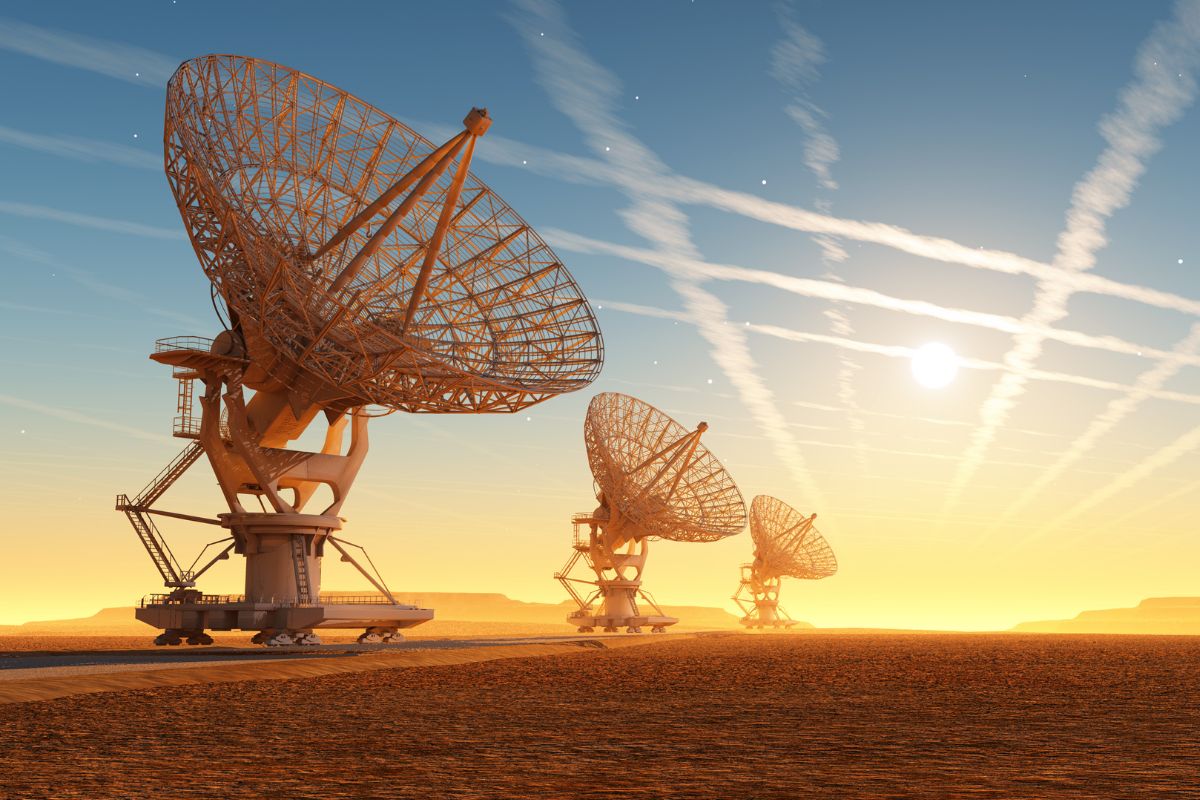Deep within the cosmic void, astronomers have uncovered an extraordinary phenomenon that challenges our understanding of stellar physics. A celestial enigma designated ASKAP J1832-0911 transmits radio waves and X-ray bursts toward our planet with clockwork precision. This remarkable discovery emerges from observations conducted 16,000 light-years from Earth, revealing patterns that defy conventional astronomical models.
Discovery of the enigmatic radio source
The Australian Square Kilometre Array Pathfinder telescope stumbled upon this bizarre space object during routine sky surveys. Scientists initially detected regular radio emissions occurring every 44 minutes, each lasting precisely two minutes. This temporal consistency immediately distinguished the source from typical astronomical phenomena, prompting intensive follow-up observations across multiple wavelengths.
Lead researcher Andy Wang from Curtin University describes the object as unprecedented in astronomical records. The discovery team published their findings in Nature journal, marking a significant milestone in transient astronomy. Unlike conventional pulsars that emit signals milliseconds apart, this source operates on an entirely different timescale, suggesting novel physical processes at work.
NASA’s Chandra X-ray Observatory provided crucial confirmation of the radio detections. The simultaneous observation of both radio waves and X-ray emissions represents a rare astronomical achievement, given the narrow field of view typical of X-ray telescopes compared to radio instruments. This dual-wavelength detection offers valuable insights into the underlying mechanism driving these periodic transmissions.
ParameterValueSignificanceSignal Period44 minutesUnprecedented for known sourcesEmission Duration2 minutesConsistent burst patternDistance16,000 light-yearsGalactic neighborhoodWavelengthsRadio + X-rayMulti-spectrum emissions
Long-period transients and stellar evolution
ASKAP J1832-0911 belongs to an extremely rare category known as long-period transients, or LPTs. These cosmic oddities represent less than ten catalogued objects in the entire observable universe. Their existence challenges fundamental assumptions about stellar remnants and magnetic field interactions, particularly regarding the complex dynamics of binary star systems.
Traditional astronomical models struggled to explain how celestial objects could maintain such extended emission cycles. Most known sources either pulse rapidly like neutron stars or remain relatively constant like ordinary stars. This discovery bridges the gap between these extremes, potentially revealing new phases of stellar evolution previously hidden from observation.
The following characteristics distinguish long-period transients from conventional astronomical sources :
Extended quiet periods lasting hours between active phases
Coordinated multi-wavelength emissions spanning radio through X-ray spectra
Precise temporal regularity suggesting stable underlying mechanisms
Intermediate magnetic field strengths between ordinary and magnetized neutron stars
Potential binary system involvement creating complex gravitational interactions
Recent advances in space-based observation techniques have enabled detailed studies of these phenomena. The Webb telescope’s unprecedented sensitivity continues revealing stellar processes previously beyond detection limits. Similarly, innovative space-based coronagraph missions are revolutionizing our understanding of stellar atmospheres and magnetic field structures.
Theoretical implications for magnetized stellar remnants
Two competing hypotheses attempt to explain this mysterious radio beacon. The first suggests ASKAP J1832-0911 represents an ultra-slow magnetar, a neutron star remnant possessing extraordinarily powerful magnetic fields. Conventional magnetars typically rotate much faster, making this interpretation highly unconventional within established theoretical frameworks.
Alternative explanations propose a binary white dwarf system where magnetic interactions between stellar companions generate the observed emissions. White dwarf stars represent the evolutionary endpoint for stars similar to our Sun, but highly magnetized variants remain poorly understood. Such systems could produce the complex emission patterns through periodic magnetic reconnection events or gravitational focusing effects.
However, both theoretical models face significant challenges explaining the complete observational dataset. The precise 44-minute periodicity, combined with simultaneous radio and X-ray emissions, requires sophisticated physical mechanisms not fully captured by existing stellar evolution theories. This gap suggests the discovery may reveal entirely new categories of cosmic phenomena.
The implications extend beyond individual stellar objects to broader questions about galactic evolution and stellar death processes. Modern astronomical surveys, including next-generation observatories like the Vera Rubin facility, are expected to identify additional long-period transients. Such discoveries could fundamentally reshape our understanding of how stars end their lives and what remnants they leave behind.
Future research and cosmic implications
The detection methodology employed for ASKAP J1832-0911 establishes new standards for transient astronomy. Co-author Nanda Rea from the Catalan Institute for Space Studies emphasizes that finding one such object strongly suggests many more await discovery. This statistical inference implies our galaxy contains numerous similar sources currently below detection thresholds.
Advanced space missions continue expanding our observational capabilities across the electromagnetic spectrum. Cutting-edge lunar-based telescopes may eventually provide unprecedented sensitivity for detecting additional long-period transients. The absence of atmospheric interference could reveal fainter sources and enable more precise timing measurements.
Wang’s research team anticipates that unraveling this cosmic mystery might reveal entirely new physics or require substantial modifications to stellar evolution models. The 44-minute signal represents more than an astronomical curiosity; it potentially opens windows into previously unknown physical processes operating within extreme cosmic environments.
The broader implications for astrophysics remain profound. If long-period transients represent a common evolutionary phase for certain stellar populations, textbooks may require fundamental revisions. Moreover, understanding these sources could illuminate the formation mechanisms of neutron stars, black holes, and other exotic remnants that populate our universe’s most extreme environments.

